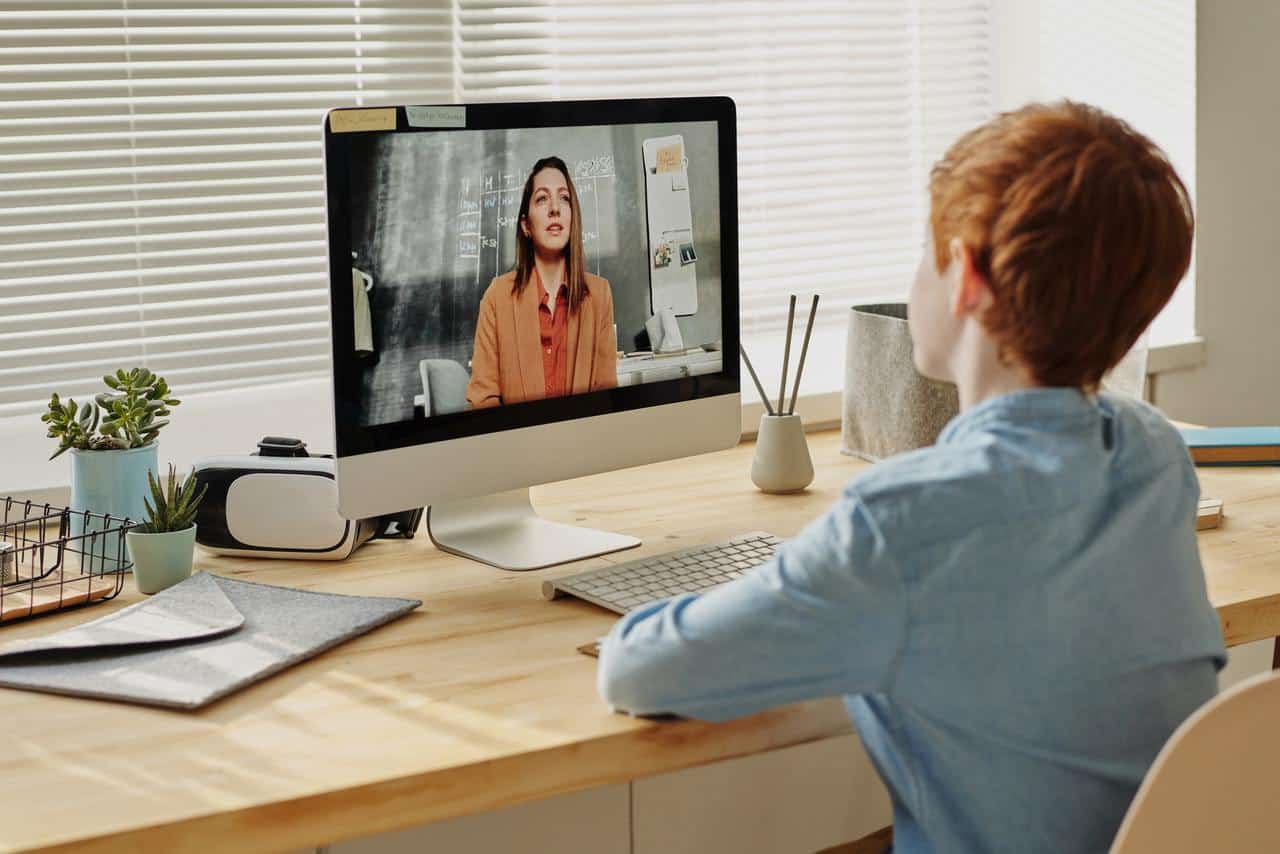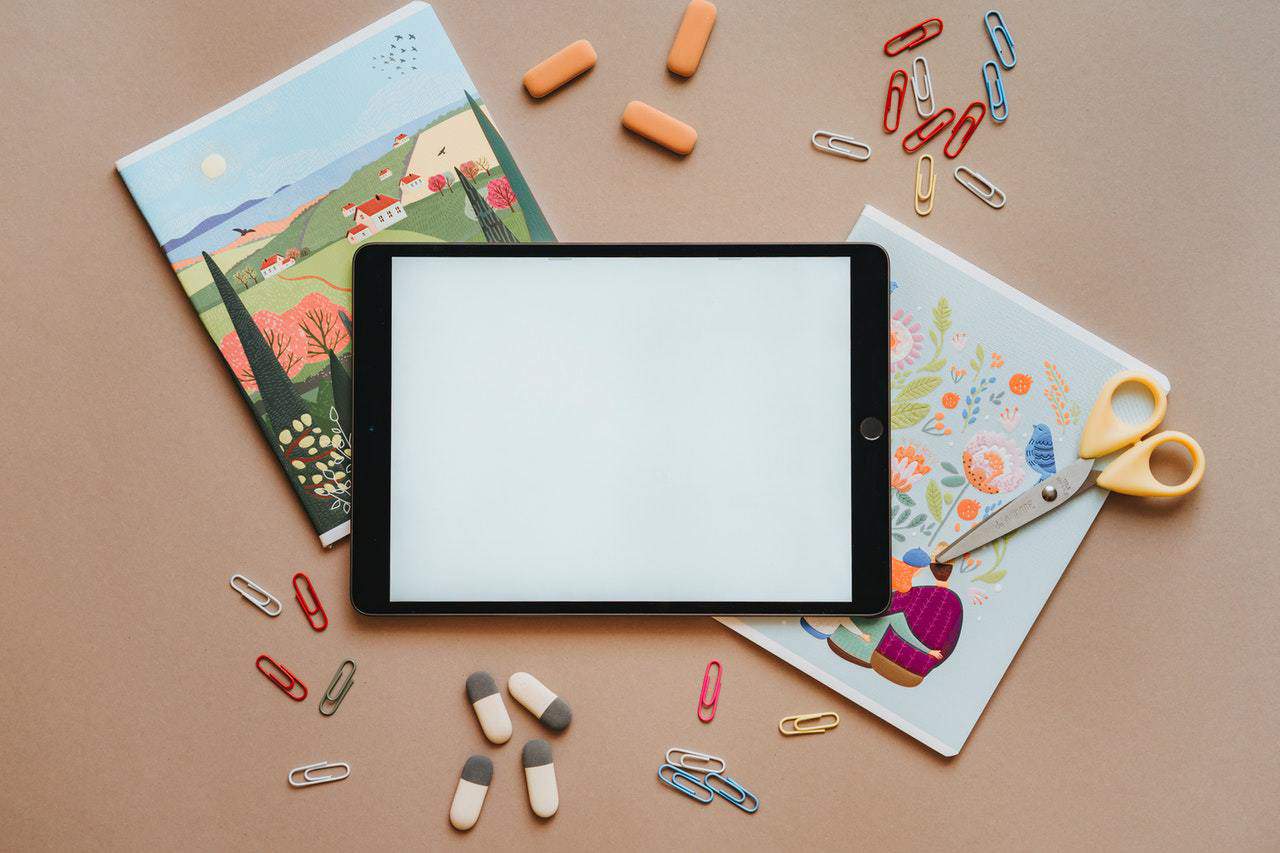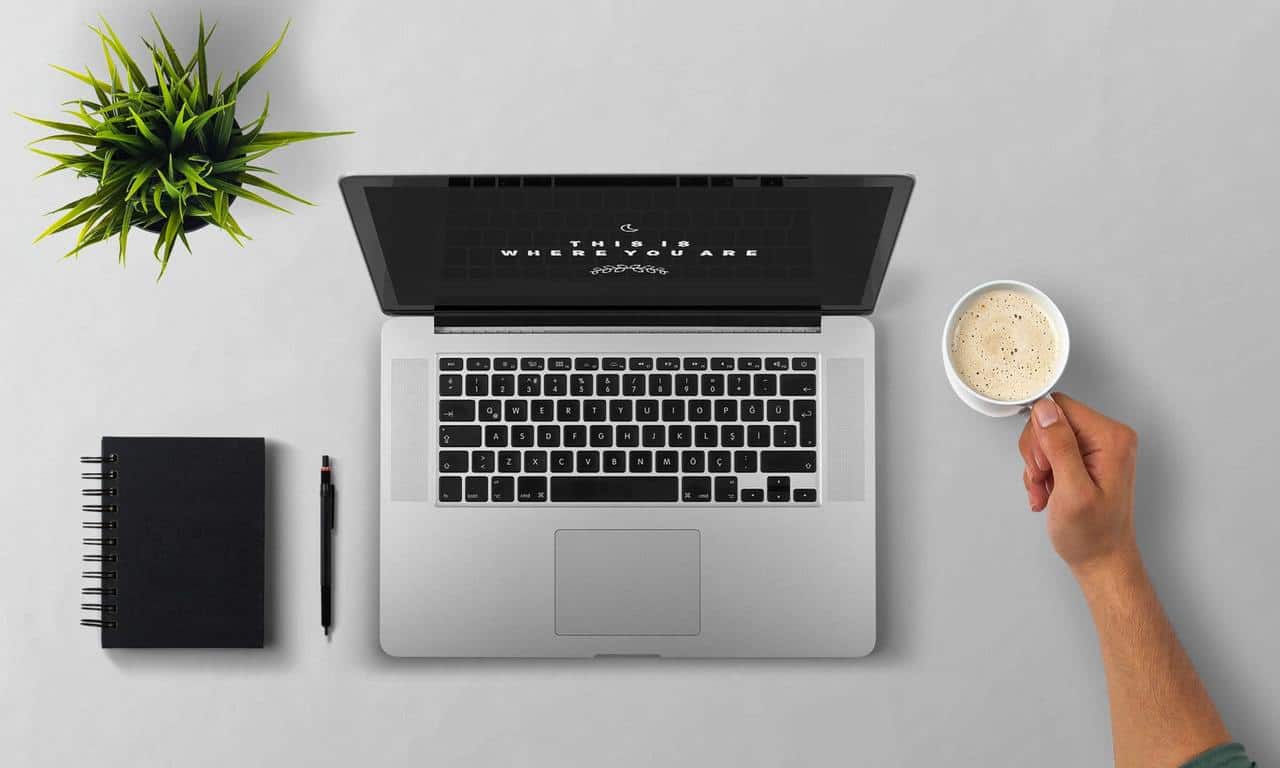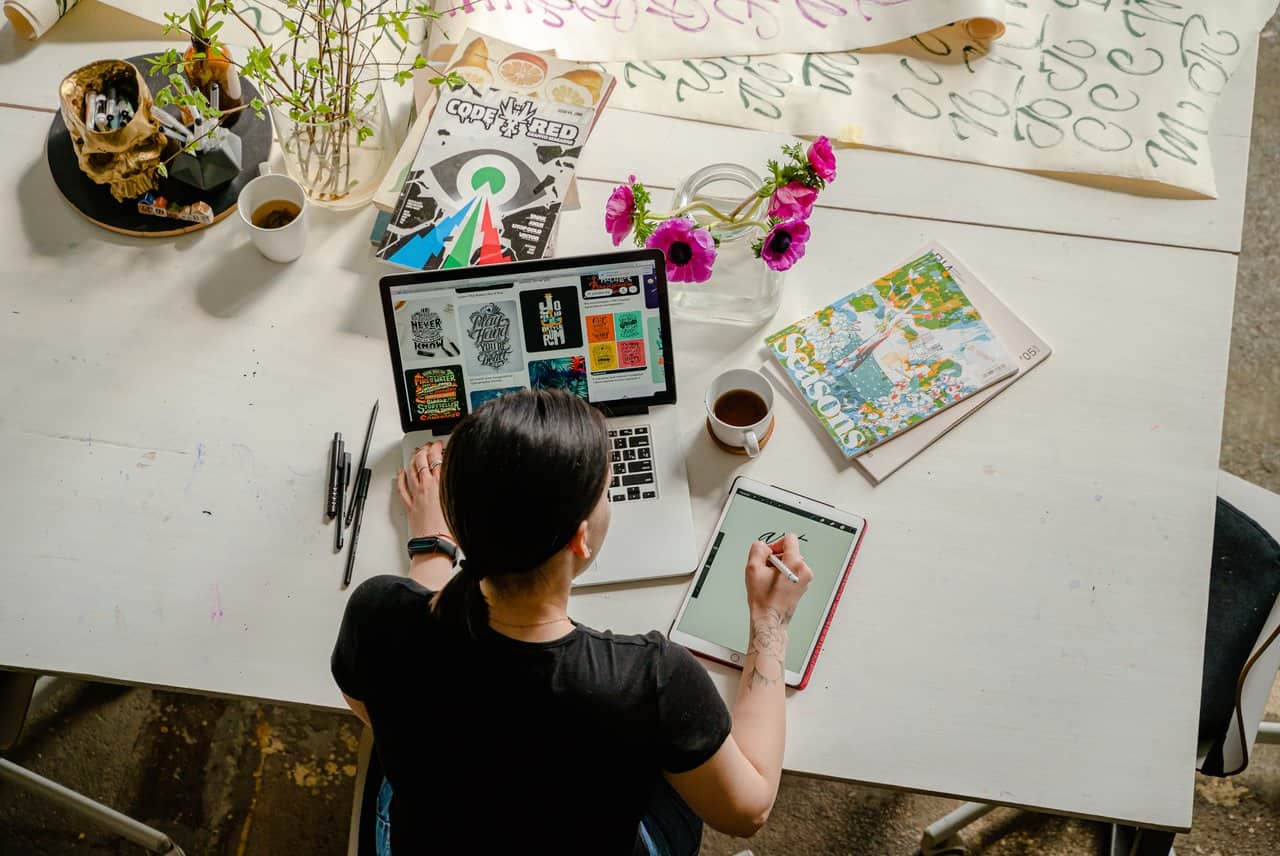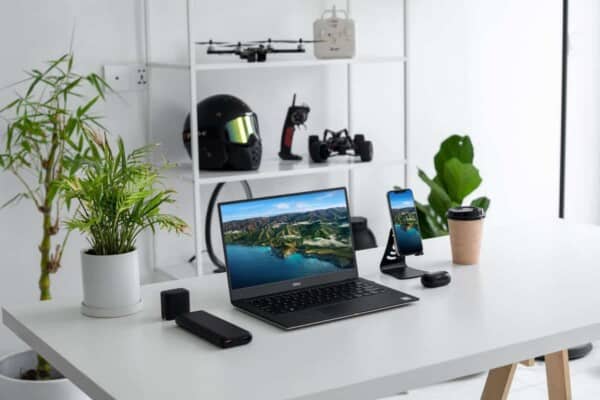Technology has made our lives easier in numerous ways, from allowing us to communicate with people worldwide to improving diagnosis and treatment in medicine.
While the positive effects of technology are clear as day, many people focus on the negative effects of technology, such as decreasing our attention spans. However, in this article, you will be reminded about how technology is positively impacting education.
It Is Making Learning Fun
Rather than having to sit through hours of lecture after lecture in boring classrooms, technology is helping make learning fun for the students. For example, through gamification, students can progress from topic to topic earning rewards as they would in a video game.
They can even be active while learning, as companies such as UpDownDesk offer electric standing desks that can improve productivity. This makes the learning process very enjoyable. Also, teachers can use colorful illustrations and videos to make learning more fun for students.
Increases Collaboration
There are three aspects to consider when talking about collaborative education. First is increased collaboration in the teaching process. There is a lot of information on the internet now, meaning that students no longer have to depend on their teachers and their libraries alone to learn. Therefore, class times can become a collaborative effort where students share what they have learned, compare notes, and the teacher guides the whole process.
Next is a collaboration between students. Group discussions have never been easier. Students can meet and have discussions from virtually anywhere. They can use applications to break down the tasks, divide them, and track who is doing their part and who isn’t.
Finally, technology is making parent-teacher collaboration easier. Parents can track many aspects of their children’s school life online, from their attendance to their grades, and discuss it with the teacher. Teachers can also easily communicate with parents regarding any concern and have the records corroborate their remarks.
Encourages Active Learning
Normal classrooms have the teacher being the center of the classroom, and they hold most of the information. Their role is to pass on the information they have to the students, and the students take notes and ask questions here and there. However, with technology, students are able to take a more active role in their learning.
For example, some virtual classrooms encourage collaborative learning. There are multiple focus points where the teacher and students can put up information, and the class becomes a discussion forum where students contribute and exchange their ideas with the teacher. This helps make learning more active for them.
Adaptability and Personalization
Students learn differently and at different paces. With technology, the course work can be tailored to fit the student’s speed and learning style. This helps the students feel less pressure to keep up with the other students while ensuring that they still achieve their goals.
One way course work is being adapted to the students is through using artificial intelligence to test what the student has and hasn’t understood.
Helps Students with Special Needs
Some students have special needs that require special learning materials and environments for them to learn. Technology is helping parents and teachers of special needs meet their needs easier.
For example, deaf students can watch videos in sign language, and children with social anxiety can learn from home. A lot still needs to be done about special needs education technology, but there are tools in place already that are a great starting point.
Online Testing
When students take online tests, they are less worried about whether their teachers are biased or if their work was graded accurately. It is also great for students with tight schedules as they can take the tests at their own time. Online testing is great for teachers too. It saves them the time they would spend grading papers and can also analyze the student’s results and offer insight.
For example, it may enable them to note the topics the students haven’t understood. Teachers will, however, probably never be fully free of grading as some assignments like essays are better analyzed by people. If you are looking to rewrite an essay, this rewrite my essay service is a great place to go.
Flexibility
Technology is making learning very flexible both for the students and the teachers. Students can access learning materials from anywhere around the world and in their free time when they want to learn. Teachers can also teach students anywhere around the world.
They can also record their lessons, so they don’t have to do them over and over. Pre-recorded classes can also be used when the teacher is unavailable but doesn’t want the students to miss that time.
Material Accessibility
Long gone are the days when the teacher and the library were the main sources of knowledge. Now, the same electronic book can be accessed by all your students at the same time. This makes researching easier for students.
Also, there is a lot of information online on the same topic meaning students can analyze the topics from different angles for better learning. Students who haven’t understood a topic can also find a different ‘teacher’ online who will explain it differently hence enhancing learning.
Simulation and Models
Thanks to technology, students get the opportunity to learn about different topics, theoretically and visually. Chemistry students can witness reactions between different substances online as performed by other teachers or chemists. One great way simulation is being used is in medical schools.
Some schools have scanned cadavers, and students can use virtual reality to learn about the human body within a controlled environment.
Keeping Up with Current Events
In the past, students would learn following a pre-approved curriculum, and new information would go through a rigorous process before it was included in the syllabus. Now, with the internet all around us, students and teachers can easily keep up with and learn about new developments in their fields of study. Also, teachers can use current events to help students relate what they are learning with the real world.
Technology is rapidly evolving, and it is making life easier for everyone. This evolution will benefit both teachers and students. Thanks to technology, learning can become easier and more enjoyable for students and more manageable for the teachers.





